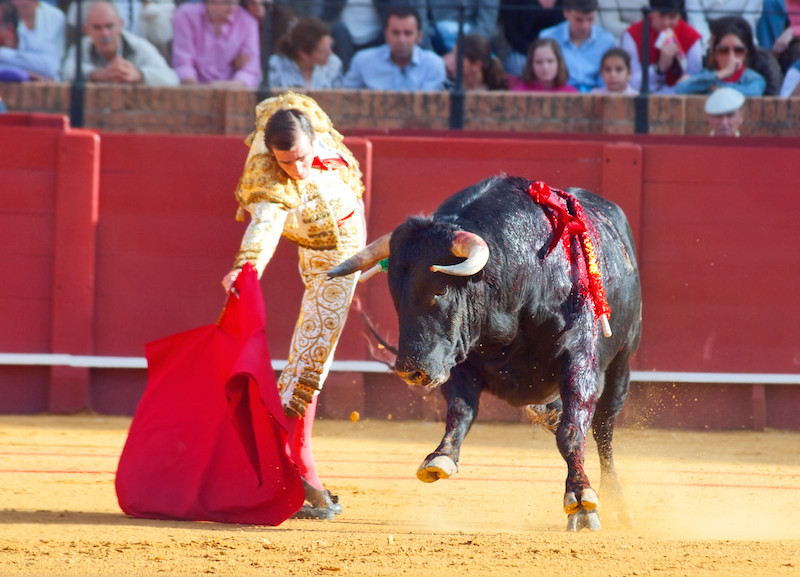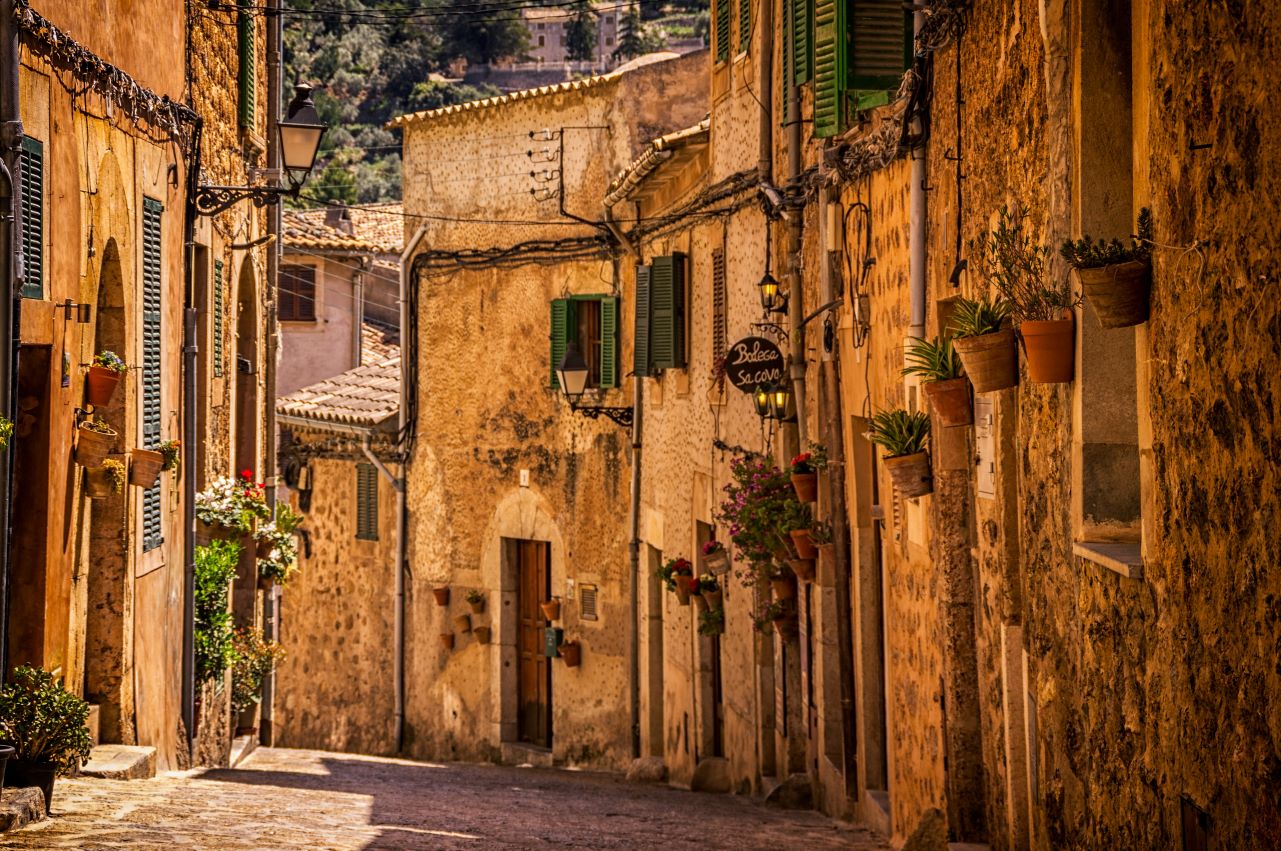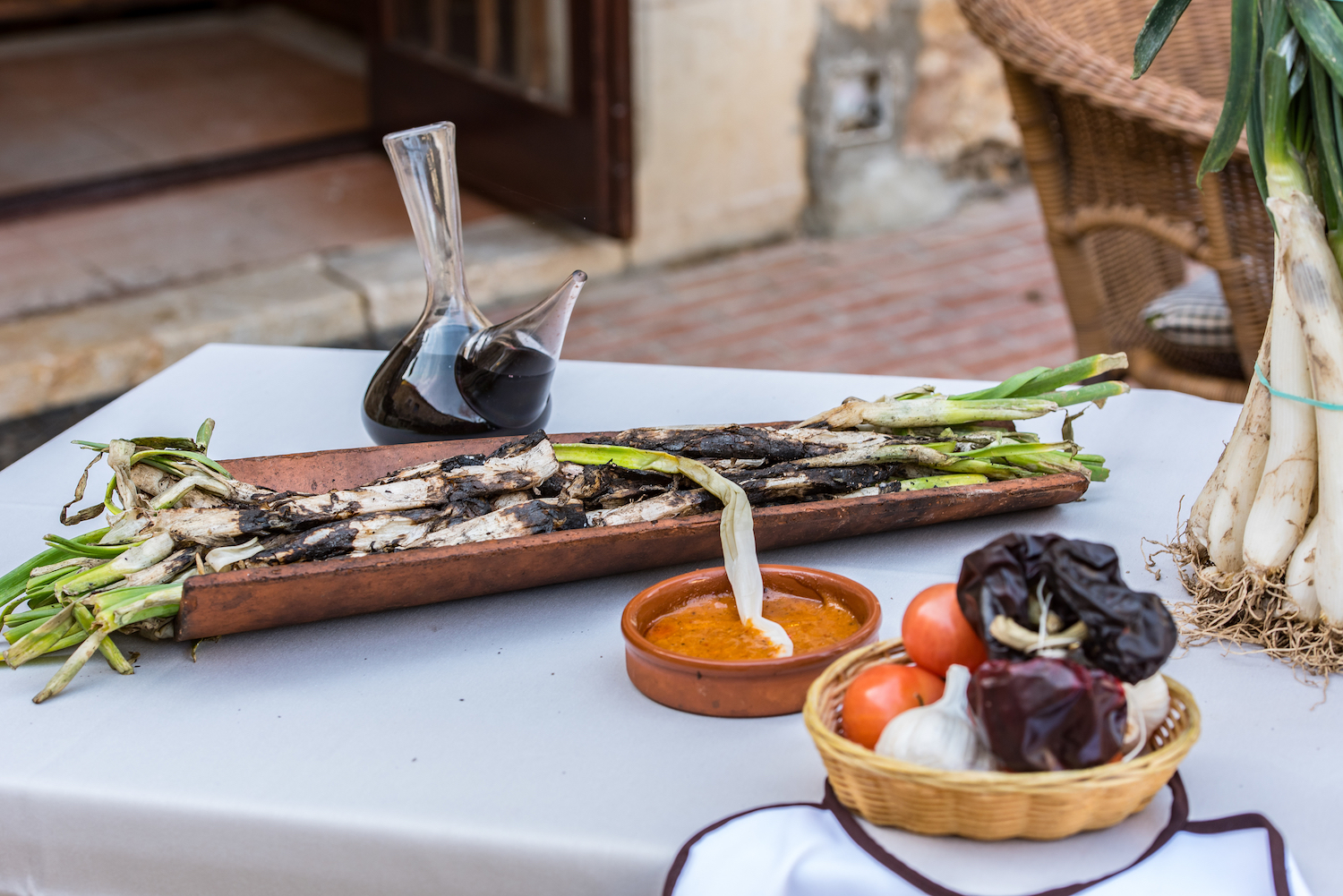What is “corrida”? Everything about corrida in Spain
What is “corrida”? Everything about corrida in Spain
Corrida (the bullfight) is one of the main components of culture, and the most important patrimony of Spain. Your visit to this country can’t be complete without corrida. This is the fight, or literally “running” of the bulls. Such a spectacular show won’t leave the local residents and visitors of Spain indifferent. There is a “light” version of corrida especially for the tourists, with the participation of the young bulls with cut horns that fight against the new bullfighters. However, if you’re an experienced fan of corrida, wishing to plunge into this atmosphere, try to get tickets to the performance in Cordoba, Madrid or Sevilla.
The origin and historical development of corrida
We don’t know the exact year of emergence of corrida. However, it is suggested that it originated in the Bronze Age, when the Iberian Peninsula was populated by Moors, considering the bull a sacred animal. Killing a bull was a ritualistic sacrifice aimed at improving the fertility.
In the Middle Ages, corrida was an indispensable part of wedding procession. The groom who wanted to show his courage and true feelings for his bride had to defeat a bull.
In the fifteenth century corrida was well established in the Spanish culture and customs and became an indispensable part of national holidays. At that time, corrida was entertainment for the rich people, and the bullfighter was considered as a noble knight on a horse. Although corrida (due to its cruelty), was in danger of extinction, the commitment of Spanish monarchs saved it from that fate.
In the eighteenth century, pedestrian corrida appears in Andalusia (without the horse). It is closer to the modern one.
In the last century, corrida became even more famous and gained everyone’s sympathy, but also a lot of hostiles. This sight causes incredible emotions, but not everyone can appreciate it. The animal welfare advocates oppose corrida, but Spanish monarchs always defend it.
Fighting bull
Bull is the centre of attention and the main part of corrida. Although there is little doubt that the bull won’t survive this fight, it must stand here in all its glory. The fighting bulls are bred o special farms. Their age must be from 4 to 6 years, and weight – no more than 450 kg. In exceptional cases, when the bull wins, it stays alive and becomes a “seed bull”.
Bullfighting ring
Initially, corrida took place on the large rectangular (later- round) squares. The part of the ring lit by the sun is called “Sol” (which means “sun”), and the one hidde in the shadow- “Sombra (which means “shadow”). The huge bullfighting rings are also used for the other important events.
Order of corrida
A poster on corrida looks quite standard. The mayor or other monarch announces each of three stages of corrida.
The first of the three stages, or thirds (“tercios”) is called “third of lances” (“tercio de varas”). The bull enters the ring, where it is met by the bullfighter’s helpers. Then the animal is tested with the cape (capote), and the picadors check its power and endurance by punching it with the lances (“varas”).
The purpose of the second stage called “third of flags” (“tercio de banderillas”) is to “warm up” the bull. For this purpose, the helpers of the bullfigher plant the sharp sticks (“banderillas”) into the bull’s body, which angers but doesn’t weaken the animal.
The third stage (“third of death”) speaks for itself. At this stage, the bull being prepared for its end. The matador enters the ring with muleta, and then stakes it with a sword. When the final stage starts, matador has only 10 minutes to kill the bull. If it is his first victory, he must devote it to the president of corrida. The matador uses the dagger to pierce the spinal cord, which makes the animal’s death as fast and painless as possible. After that, the bull’s body is dragged out from the bullring and handed over to the butcher, who then cook and serve it or give it to the people in need.
The awards of bull and matador
On rare occasions that the bull showed incredible courage and won the special sympathy of viewers, they can ask the president to save the animal’s life. If he agrees, the killing of bull is just imitated. If the animal is spared, matador can be proud of himself, as it means that he fulfilled his main task (which is to reveal his opportunities and the bull’s potential).
If the matador completes his work with dignity, he can get special awards. The outstanding winner can also do a victory lap around the bullring. And if the viewers loved the matador, they can even take him on their shoulders as a sign of overwhelming triumph. It can also receive unusual trophies in the form of ears or tail of the killed animal.
Despite the fact that corrida is the topic of many disputes and discussions, it was and remains significant cultural heritage of Spain and real work of art that attracts special attention.








Comments